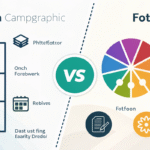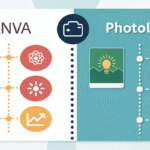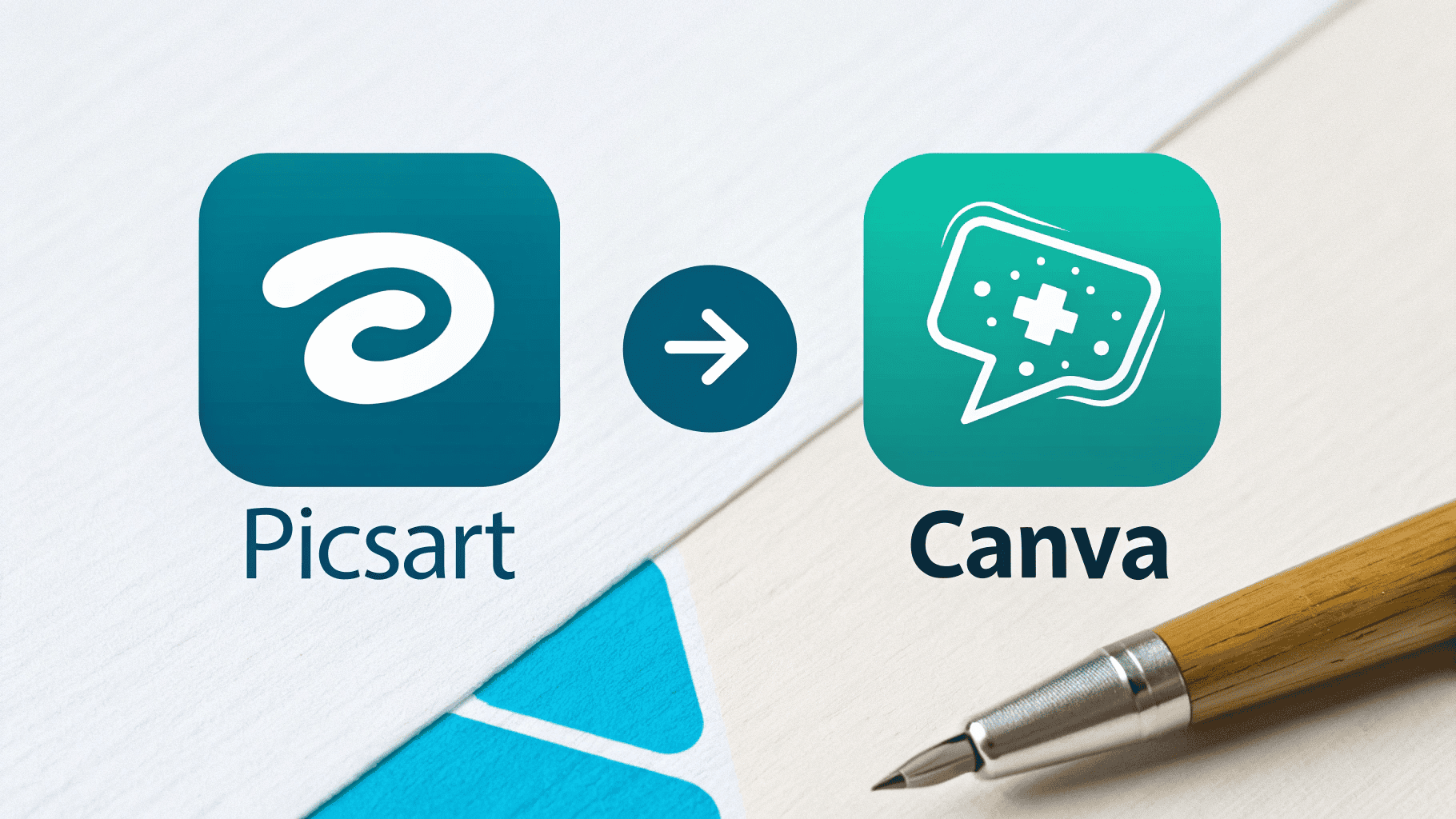
Choosing the right design platform as a creative professional can feel overwhelming, especially with the growing number of AI-powered tools on the market. Canva vs Remini are two leading platforms that have redefined content creation in unique ways, catering to both designers and content creators. But which one truly stands out in 2026?
This blog post dives deep into the features, strengths, and special offerings of both Canva and Remini to help you decide which platform deserves a spot in your creative toolkit.
What Are Canva and Remini?
Before jumping into the detailed comparison, it’s important to understand the primary purpose of each platform.
Canva
Canva is a household name in design tools, beloved for its drag-and-drop simplicity and massive library of templates. It empowers both beginners and experts to create stunning visuals for everything from presentations to social media posts. Canva also incorporates AI tools like Magic Resize and background removal, ensuring professional-level results with minimal effort.
Remini
Remini is a photo enhancement platform that specializes in sharpening and upscaling images. Leveraging advanced AI, Remini transforms low-quality visuals into polished, high-resolution images. It’s an essential tool for photographers, content creators, and anyone working with older or blurry media files.
Why Compare Canva and Remini?
While Canva and Remini serve different purposes, professionals often find themselves choosing between platforms tailored to their unique needs. Whether you’re focusing on designing graphics or improving photo quality, knowing the strengths of each tool will help you allocate your resources wisely.
Canva vs Remini: Key Features Comparison
1. Ease of Use
- Canva: Canva’s interface is intuitive, offering drag-and-drop functionality that simplifies design even for beginners. Its layout organizes tools logically, making it easy to create everything from posters to logos within minutes.
- Remini: With a highly niche focus on photo enhancement, Remini provides instant results with minimal effort. However, its interface is less robust, as it’s specialized for processing individual images rather than broader design projects.
Winner: Canva for its versatile and user-friendly experience.
2. Design and Creative Capabilities
- Canva: Canva’s biggest strength is its versatility. It offers pre-made templates for virtually all types of projects, AI-powered tools like Magic Write for text generation, and advanced customization options.
- Remini: Remini excels specifically in image restoration and enhancement. Whether you’re improving a pixelated old photo or upscaling an image for better resolution, its AI-driven tools deliver outstanding results.
Winner: Canva for all-in-one creative capabilities; Remini for photo restoration excellence.
3. AI-Powered Features
- Canva: Canva integrates AI into its core offerings, including background removal, design resizing, auto-alignment, and Magic Write for text generation. These features speed up workflows for designers and marketers alike.
- Remini: Remini’s AI shines in photo restoration, using neural networks to remove noise, sharpen images, and upscale resolution. It’s tailor-made for anyone who works with low-quality images.
Winner: Tie. Canva is ideal for design workflows powered by AI, while Remini masters photo restoration and enhancement.
4. Library of Assets
- Canva: Canva offers over 600,000 templates, alongside an immense library of fonts, images, and stock videos. This makes it a one-stop-shop for creatives in need of diverse assets.
- Remini: Since Remini is focused on photo enhancement, its asset selection is minimal. Instead, it relies on user-uploaded files for its core functionality.
Winner: Canva, with its unmatched variety of templates and design elements.
5. Collaboration Features
- Canva: Canva supports real-time collaboration, shared workspaces, and brand kits, making it ideal for teams and agencies working on shared creative projects.
- Remini: Collaboration is limited, as Remini is designed for individual creators looking to enhance images independently.
Winner: Canva for collaborative capabilities.
6. Pricing
- Canva: Canva’s free plan is feature-rich, while the Pro plan ($12.99/month) unlocks advanced tools, premium assets, and branding capabilities.
- Remini: Remini’s free version allows limited photo enhancements per day. For unlimited use and access to premium editing tools, the subscription starts at $4.99/month.
Winner: Canva for its wide-ranging features at an excellent value.
Canva or Remini? Which Should You Choose?
Both Canva and Remini have unique strengths, so your choice will depend on your specific needs.
Use Canva if…
- You want comprehensive design capabilities for creating professional-grade graphics, logos, social media content, and more.
- You value seamless collaboration with your team.
- You prefer an all-in-one creative platform.
Use Remini if…
- You need to restore, sharpen, or upscale photos for professional or personal use.
- You’re a photographer, photo editor, or someone who frequently works with older images.
- Your primary focus is enhancing image quality rather than crafting designs.
Take Your Creations to the Next Level in 2026
Ultimately, Canva vs Remini are exceptional tools for designers and creators, but each focuses on a different niche. Canva delivers unmatched versatility and collaboration in design, while Remini’s advanced photo restoration capabilities make it the go-to tool for image enhancement.
Still not sure which one is right for you? Why not try both and experience their unique strengths firsthand? With free versions available for both platforms, there’s nothing stopping you from experimenting with your creative process.

I am Ray Jones Digital
My current occupations: a Digital Marketer, Local SEO expert, Link Builder, and WordPress SEO specialist. Shopify SEO, Ecommerce Store Management, and HTML & WordPress Developer I have been practicing the above mentioned services for more than 10 years now As an SEO expert working with your ongoing projects.



